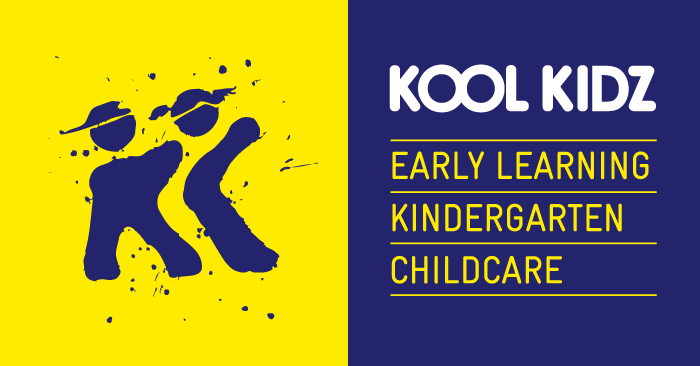Sustained Shared Thinking: Nurturing Deep Learning in Early Childhood Education
Sustained Shared Thinking (SST) has been defined as an episode in which two or more individuals work together in an intellectual way to solve a problem, clarify a concept, evaluate activities, extend a narrative, or explore a new idea. This collaborative process between children and educators or among children and their peers, goes beyond surface-level exchanges. It is grounded in genuine dialogue, where ideas are explored, assumptions are challenged, and new understandings are co-constructed.
At its core, SST relies on three essential elements:
- Active listening,
- Mutual respect,
- Shared contributions.
The process is not simply about sharing ideas, it involves deeper engagement, enabling children to develop critical thinking, communication, and problem-solving skills while educators gain a richer understanding of children’s perspectives, interests, and developmental needs.
From Interests to Ideas
A quick search of the Early Years Learning Framework 2.0 reveals that ‘interests‘ are mentioned twelve times throughout the framework, whereas ‘ideas‘ are referenced sixty-eight times. This emphasis highlights the significance of ideas as a deeper entry point into children’s thinking.
Ideas reflect children’s unique perspectives and curiosity about the world, providing opportunities for meaningful, reflective conversations. Educators who actively engage in SST move beyond “following children’s interests” passively. Instead, they co-construct knowledge alongside children, extending their ideas, challenging assumptions, and building connections.
Episodes of SST often emerge spontaneously but can also be intentionally facilitated through provocations or planned group activities.
The Importance of Sustained Shared Thinking
Deep learning encourages children to think critically, question concepts, and explore solutions, skills that lay a foundation for lifelong learning. Importantly, these episodes of thinking also nurture a positive attitude toward learning, enabling children to experience the joy of curiosity and exploration. SST is recognised as an indicator of high-quality early childhood settings. Research has found that the quality of adult-child verbal interactions is a defining factor in children’s developmental outcomes. Settings where SST occurs consistently were shown to foster greater cognitive and social-emotional growth in children.
Key Components of Sustained Shared Thinking
Three interconnected strategies underpin SST:
- Encouraging Children’s Thinking
- Educators foster a child’s thinking by valuing and engaging with their ideas and perspectives. This builds trust and encourages children to express themselves, creating a positive cycle of interaction.
- Modelling Thought Processes
- Educators demonstrate thinking by sharing their thought processes aloud. For example, “I wonder why the paint mixes this way?” or “How do you think we could solve this puzzle?” This approach provides a structure that children can use independently in their thinking.
- Extending Ideas Together
- SST thrives when knowledge is shared collaboratively. Through mutual dialogue, both educators and children extend their thinking, explore multiple perspectives, and deepen their understanding of concepts.
The Role of Questions
Thoughtful questioning is central to successful SST. Open-ended questions encourage children to think deeply, explore possibilities, and articulate their reasoning. In contrast, closed questions can limit children’s responses and stifle creative thinking.
Examples of Open-Ended Questions:
- “What do you think will happen next?”
- “Why do you think that is happening?”
- “How could we find out more about this?”
- “I wonder what would happen if…?”
Educators who use questioning as a tool create space for children to develop their own ideas. Importantly, providing enough ‘wait-time’ after asking a question allows children the opportunity to reflect and respond.
Promoting SST in Early Childhood Settings
To foster rich episodes of SST, educators need to intentionally create environments and opportunities for deep engagement. Here are some key strategies:
- Creating Open-Ended Environments
- Spaces that encourage exploration, curiosity, and wonder, such as loose-parts play areas or open-ended art stations are fertile ground for SST.
- Prioritising Time for Conversations
- Routines should include dedicated, uninterrupted blocks of time where educators can engage in sustained interactions with children.
- Joining Children’s Play
- Educators who observe, enter, and extend children’s self-chosen play are more likely to co-construct ideas and meaning.
- Using Shared Storybook Reading
- Reading together provides natural opportunities for discussing events, characters, and ideas. Asking children to predict what might happen next or explore why a character acted a certain way facilitates deeper thinking.
- Valuing Draft Thinking
- When educators express uncertainty or explore ideas alongside children (“maybe this could work”), they invite collaboration.
The success of SST is rooted in relational pedagogy – strong, secure relationships between educators and children. Children are more willing to engage in reflective, exploratory thinking when they feel emotionally supported and connected.
Intentional teaching also plays a vital role in sustaining shared thinking. Intentional educators use play and dialogue to enrich children’s learning. By being alongside children, observing their cues, and seizing teachable moments, educators transform everyday interactions into opportunities for critical thinking and co-construction.
As the Early Years Learning Framework affirms, educators have a significant role in ensuring children’s play and learning are meaningful, intentional, and transformative. Through SST, educators empower children to see themselves as capable, thoughtful learners who can solve problems, explore ideas, and make sense of their world.
